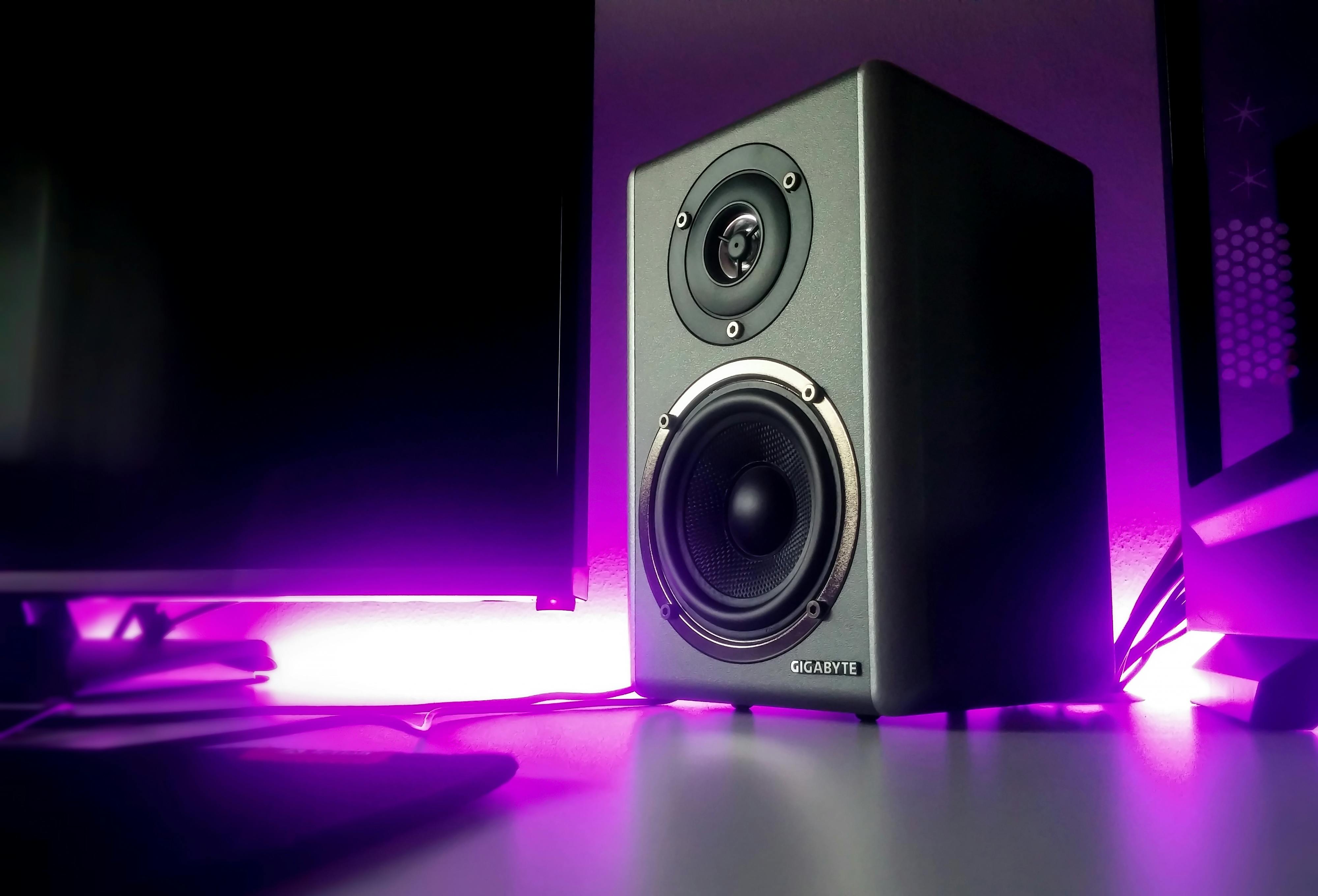An uncompressed digital music file (such as a music CD) uses 10 MB or more per minute (at least 30 MB for a 3-minute song).
These files should be compressed to the most common levels of 3-5MB per song. Compression rearranges the sequence of numbers, sometimes discarding less significant information, to reduce file size. The way compression is achieved leads to the different audio file formats available. Below is a list of popular formats used by MP3 players.
MP3 (MPEG Layer 3)
MP3 is a perceptual audio coding algorithm, developed by the MPEG group. Although it is lossy compression, the digital audio sounds exactly the same or very close to the original sound. The algorithm tries to adapt the compression to the characteristics of the human perception of sound. This compression algorithm can handle constant and variable bitrate compressions.
For good quality music, a bitrate of at least 192 Kbps is recommended, which is close to CD quality. 256 Kbps per second is better. There is very little difference in quality between 256 Kbps and 320 Kbps, but the latter will have a larger file size. MP3 files do not have built-in digital rights management (DRM) technology, which means they can be freely transported. That doesn’t mean it’s legal to move music files from one device to another.
AAC (Advanced Audio Coding)
A newer lossy audio compression format developed by the same MPEG group. AAC is more efficient than the popular MP3 format and requires less processing power to decode. It is also not backward compatible with MP3. AAC compressed audio at 96 Kbps generally exceeds the quality of MP3 compressed audio at 128 Kbps.
AAC is supported by DRM, but it can have protected or unprotected formats. The unprotected format is freely portable, while the protected format is blocked by the DRM used. Apple uses the AAC format for iTunes and QuickTime. Audio compressed at 128 Kbps using AAC sounds very close to the original sound, which means a smaller file size for the same audio quality compared to MP3. The file will be about 75% of the size that MP3 compression would produce.
WMA (Windows Media Audio)
WMA is another lossy compression format, developed and owned by Microsoft, and used in Windows Media Player for DRM management. This compression is more efficient than MP3 and comparable to AAC in terms of efficiency and file size reduction.
WMA is DRM compliant, so you can have protected and unprotected audio files. Most devices and players support unprotected WMA files: Apple’s iTunes software can convert them to AAC files.
Ogg Vorbis
Unlike the other formats, Ogg Vorbis is a completely patent-free and open source professional audio encoding and transmission format. There are no license fees to use this codec. If you’re an artist, that’s good news. You will not have to pay any fees if you distribute your songs, which you would if you used, for example, MP3.
It’s another lossy compression, but much better than MP3. An Ogg Vorbis audio file encoded at 110 Kbps is smaller in size and sounds better than an MP3 file encoded at 128 Kbps. 160 Kbps provides very close to CD-quality audio encoding. Although open source, this codec compares very favorably to WMA, AAC, WMA Pro, etc. (see Wikipedia for more information on this).
This format is gaining in popularity due to its open source nature and lack of licensing issues.
MIDI (Musical Instrument Digital Interface)
MIDI is one of the old formats, but still very much in use today. It’s not really a compression algorithm, but a synthesized music format. MIDI files consist of lists of commands that tell a synthesizer when to start or stop playing a specific note of a specific instrument, and can include note volume and modulation. With MIDI you can play multiple instruments at the same time, or just play one instrument at a time.
These files are generally small compared to normal audio files like MP3, WMA, AAC. Because this is synthesized music, its quality largely depends on the quality of the synthesizer in your PC’s sound card or the quality of the synthesized instruments in your software. An application for MIDI files is like mobile phone ringtones.
RealAudio (RM/RAM)
This RealNetworks format was at the forefront of internet audio formats for many years. This format is usually streamed, rather than downloaded. It can be played with RealPlayer or RealOne software. A good number of Internet radio stations continue to use this format for their broadcasts.
Audio can be streamed at different bit rates to meet bandwidth limitations. If you have a dial-up Internet connection, the quality of the music you get is lower than if you have broadband.
ATRAC (Adaptive Transform Acoustic Encoder)
The ATRAC compression algorithm is proprietary to Sony and was first used on the MiniDisc in 1992. The ATRAC family of lossy algorithms has three members: ATRAC, ATRAC3, and ATRAC3plus. ATRAC, the oldest of the three, can compress CD music to about 20% of the original size. ATRAC3 improves on this by a factor of two, compressing a music stream to about 10% of the original.
The youngest member, ATRAC3plus, can compress a music CD to about 5% of the original. In simple terms, ATRAC3plus can let you save more than 350 music tracks on a 700MB CD. The ATRAC3plus is the default on Sony MP3 players, although they can play other file formats as well.
Sony also has a lossless algorithm, imaginatively called the ATRAC Advanced Lossless algorithm. In terms of performance, ATRAC3 and ATRAC3plus are comparable to AAC and WMA. Being a proprietary algorithm, it is not as widely supported as, say, MP3.



